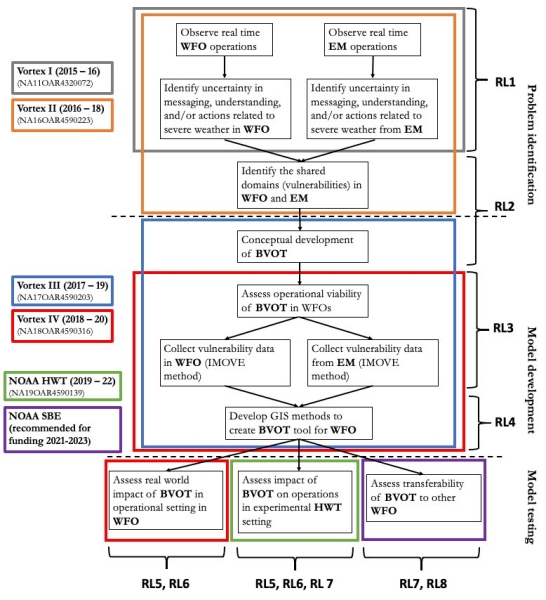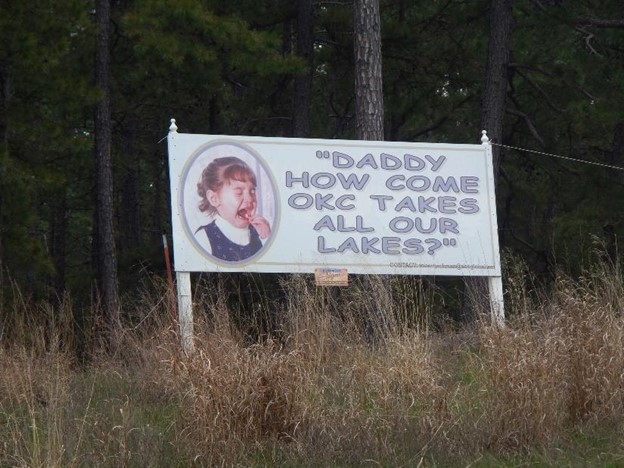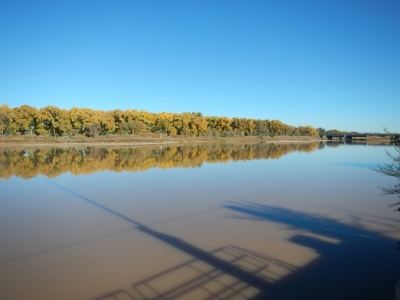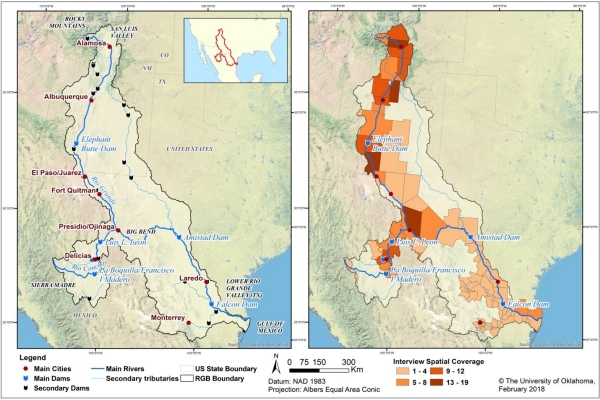Dr. Friedman, in collaboration with Dr. Paul Spicer, brought together a team of environmental anthropologists to conduct extended (1-year+) participant observation in four watersheds across the state of Oklahoma. Driven by the fieldwork of Drs. Van Winkle and Stanton, we sought to understand how each of these watersheds faced significantly different challenges — from concerns about the future of agriculture in a regions with mostly unmanaged and unregulated groundwater withdrawals, to regions where surface water rights and ownership threaten both indigenous development and local ecosystems, to more arid ranching regions of the state that are facing significant land use transitions. This research resulted in dozens of conference presentations and multiple publications.
For an overview of the research and the study regions, please follow this link to access all four of our regional story maps.
http://www.okepscor.org/ethnographic-story-maps
Collaborator: Dr. Paul Spicer (OU, Dept. of Anthropology)
Postdoctoral Research Fellows: Dr. Tony Van Winkle (OU, CASR), Dr. Michael Stanton (OU, CASR)
Graduate Research Assistants: Miriam Laytner (OU, Dept. of Anthropology), Samantha Jung (OU, Dept. of Geography and Environmental Sustainability)
Undergraduate Research Assistants: Mary Beers, Morgan Fehrle, Randy Hernandez, Heidi Hilts, Melanie Purdy







